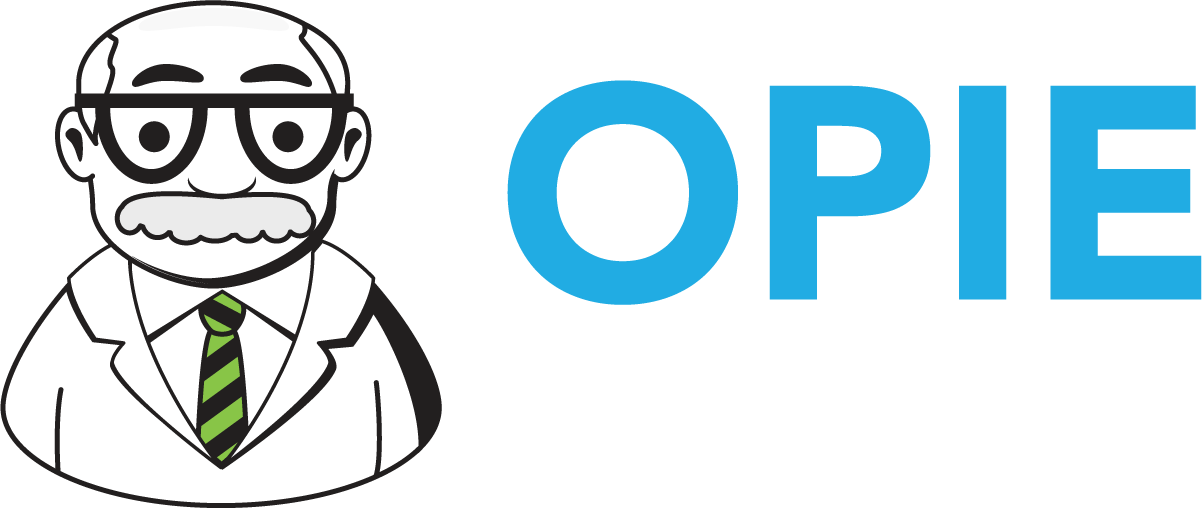Tradition Vs Trends: Balancing Legacy and Innovation
This past Memorial Day was a somber reminder of the people who gave their lives for our country. Thinking about the tension we face in our country today saddens me…we seem to have forgotten many of the lessons learned and values established through the intentional, unwavering discipline and personal sacrifices made by our forefathers.
I think about O&P and see a familiar tension. We have a profession that has extraordinary external pressure forcing a change in how we approach the fundamental aspects of our field. But I don’t want to have an esoteric discussion about the profession. I want to drill down to the practice. What is it to have a successful O&P practice? How do you define success? We have practices with deep community roots and multi-generational ownership…would you call them successful? We have businesses that may not even have “bricks and mortar” (as we think of it) but a lean operation that maximizes reimbursement and profitability…would you call them successful? There are some in this field that love the former and despise the latter. And vice-versa. Who is right?
On one end, you have business owners who believe, “If it was good enough for my grandfather, it’s good enough for me.” On the other, you find those who chase every new trend, convinced that the latest technology or business model is the only way to stay relevant.
This isn’t just an O&P problem—it’s a universal business dilemma, especially in fields with a rich history and deep community ties. Experts studying family businesses and healthcare practices have long observed this push and pull between tradition and innovation. The Harvard Business Review notes that multi-generational businesses often outperform others in stability and customer loyalty, thanks to their strong values and community roots. Yet, McKinsey & Company warns that businesses that resist change risk becoming obsolete as the world evolves around them.
In O&P, this tension is amplified by external forces—regulatory changes, reimbursement pressures, and rapid technological advancements. The temptation is strong to either double down on “the way it’s always been done” or to leap at every new tool and trend. Both extremes have their pitfalls.
So, what does it mean to be successful in O&P? Is it about longevity and legacy, or is it about adaptability and efficiency? The answer, according to leading voices in healthcare management, is neither one nor the other—it’s both, and more.
Success in O&P must be measured not just by profitability or tradition, but by the quality of patient care delivered. The Institute for Healthcare Improvement and common sense both emphasize that the ultimate goal of any healthcare practice should be improved patient outcomes, satisfaction, and community impact.
Legacy practices often excel at building trust and continuity of care, offering a sense of stability to patients and staff.
Lean, modern operations can respond quickly to change, adopt new technologies, and streamline processes for efficiency.
But if either model loses sight of the patient—if tradition becomes a barrier to better care, or if efficiency erodes the human touch—then both fall short.
How do you find the sweet spot? Here’s what the research and best practices suggest:
1. Clarify Your Core Values
Harvard Business School research shows that practices with clearly defined values are more successful at integrating change without losing their identity. Ask yourself: What do we stand for? What are the non-negotiables in our approach to patient care? (Mission, Vision and Values statements.)
2. Audit Your Processes—Respectfully
Lean management principles encourage regular, honest reviews of your workflows. Don’t change for the sake of change, but don’t let nostalgia keep you stuck. Involve your team, especially those who’ve been around the longest, in identifying what works and what needs to evolve.
3. Embrace Innovation—Strategically
Adopt new technologies and approaches that align with your mission and improve patient outcomes. Test new ideas on a small scale, measure the impact, and expand what works. Avoid the trap of “innovation for innovation’s sake.”
4. Foster Cross-Generational Dialogue
Deloitte’s research shows that diverse teams—across age, background, and experience—are more innovative and resilient. Create space for both traditionalists and early adopters to share their perspectives. The best solutions often emerge from respectful debate.
5. Keep Patient Care at the Center
No matter your business model, let patient outcomes and satisfaction be your north star. The Institute for Healthcare Improvement’s Triple Aim framework—improving patient experience, improving population health, and reducing costs—remains a gold standard.
The most successful O&P practices aren’t the ones that cling to the past or chase every trend. They’re the ones that honor their history, learn from it, and use it as a foundation to thoughtfully embrace change. They define success not just by their longevity or their bottom line, but by the difference they make in the lives of their patients.
As we reflect on the sacrifices and values of those who came before us, let’s remember that progress doesn’t mean forgetting our roots. It means carrying those lessons forward, adapting with purpose, and always putting patient care at the center of what we do.

